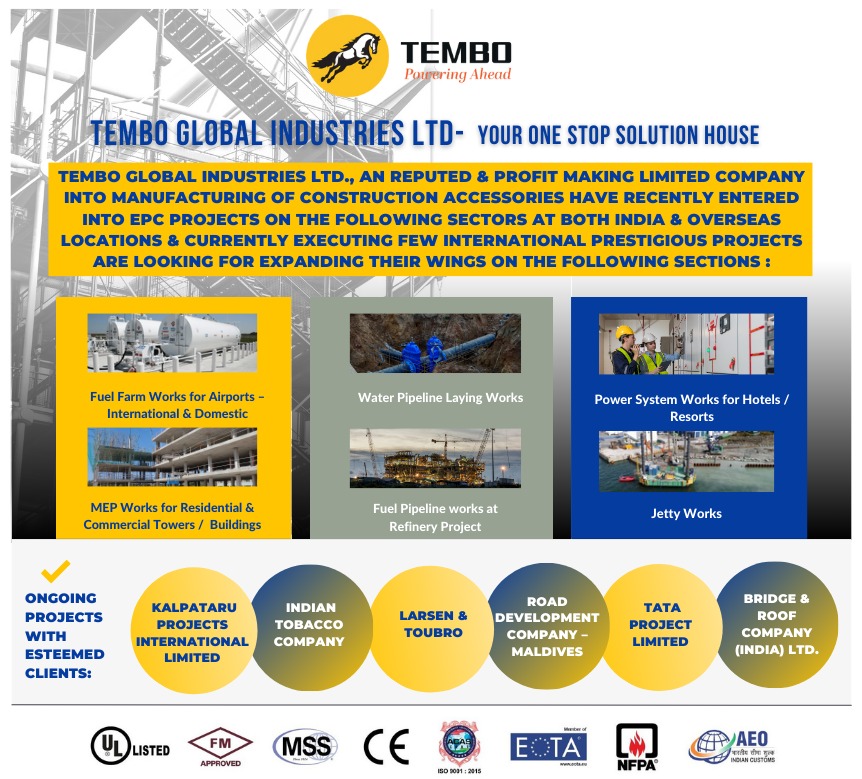It seems we can’t find what you’re looking for. Perhaps searching can help.
It seems we can’t find what you’re looking for. Perhaps searching can help.


We have received your message and would like to thank you for writing to us. If your inquiry is urgent, please use the telephone number to talk to one of our members.

